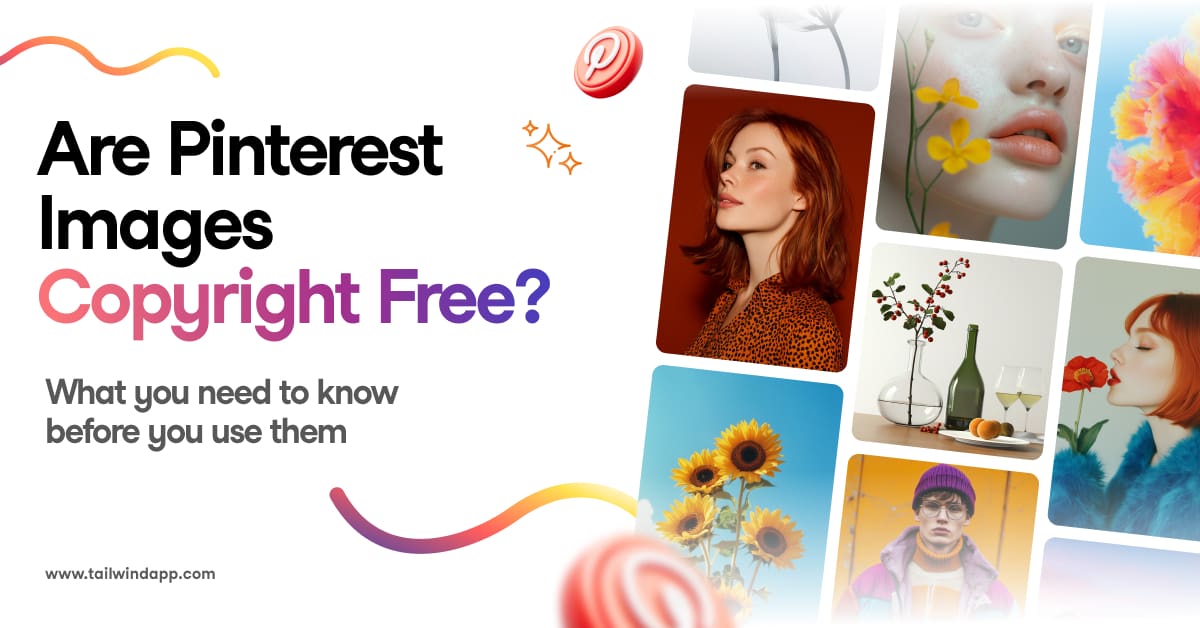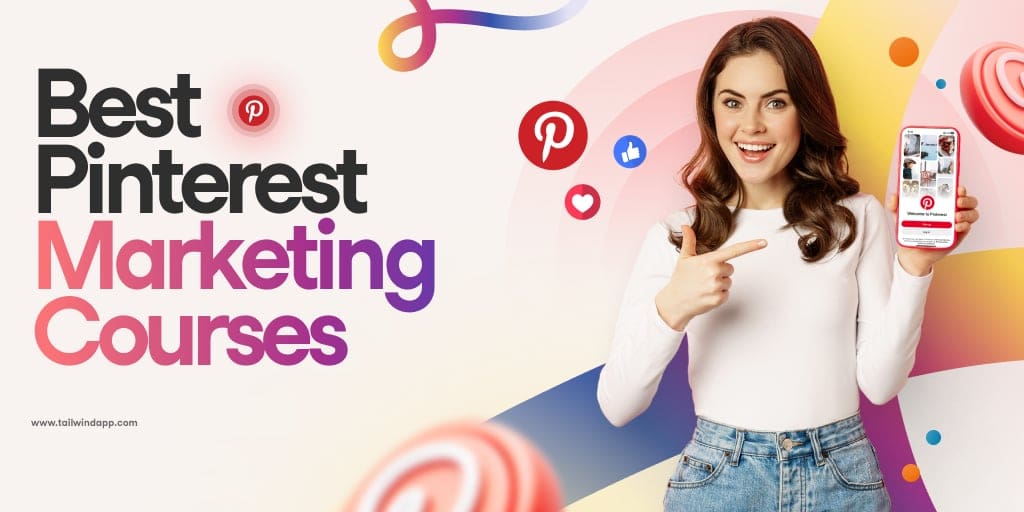
Did you know that everything you see creates an emotional response? How and where you see it also adds to that emotional response.
This psychological response to imagery is a powerful tool in marketing. Chances are, your favorite brands know this, and design logos, packaging and graphics with these details in mind!
And one of the most important details? Fonts!
Picking fonts might seem like small fries, but each has its own distinct personality!
Whether you choose an elegant font or a fun, modern typeface, you’re sending a cue to your audience. Those cues help your audience understand who you are as a brand.
That’s the power of the psychology of font in marketing!
Want to learn how to tap into these subtle font meanings and cues for yourself? Read on to find out how you can create emotion with fonts!
What is Font?
First thing first: what is a font, anyway? You might get some different answers here depending on who you ask, but basically, a font is a particular size, weight, and style of a typeface.
You can think of the font definition as what specific characters, numbers, and words look like!
But we know what you’re thinking…
What’s the Difference Between a Font and a Typeface?
A lot of times, the words “font” and “typeface” are used interchangeably — but there is a slight difference.
A typeface (also called a “font family”) is a general style and look of characters, while a font is a specific variation of that typeface.
Take Times New Roman for example! Times New Roman is a typeface. Times New Roman Italic and Times New Roman Bold are both fonts within that typeface!
“Font” is a style definition often used as shorthand for both of these, but knowing the difference – especially when chatting with designers – can’t hurt!
The 4 Different Types of Font Styles
There are thousands of fonts and typefaces existing in the world, and creatives and brands are adding to that number every day!
Every small variation could be considered a new, original font.
To help narrow down and sort through the list, there are four basic categories that fonts will typically fall into:
- Serif fonts
- Sans serif fonts
- Script fonts
- Display fonts
Note that there are additional categories, such as Slab Serifs, but knowing these four basics will give you a starting point to recognize the characteristics of each and make informed decisions in your design.
Let’s talk about them more below!
Serif Fonts
A serif is a small line (or stroke) attached to the main shape of a character. These may look like “little feet” in the following locations:
- At the bottom of the letter A or R
- Short horizontal lines on top of an H or U
- A small curl extending beyond the vertical line of a D or B.
Any font that has these fancy appendages is a serif font. The line widths of serif letters may vary stylistically too! For example, the line of a serif font O might be wider on the sides and narrower on the top.
And a serif font might have lines of very different widths.
Sans Serif Fonts
“Sans” is the French word for “without.” So a sans serif font is anything “without serif,” meaning it lacks the extending features of its serif counterparts.
No feet, no little strokes, no extensions. Sans serif fonts also generally have more consistent stroke sizes throughout each individual character.
Script Fonts
A script font is what it sounds like: one that looks more like handwriting.
It could be actual cursive-style lettering, calligraphy, or it may simply be characterized by curved, rounded, slanted, or connecting letters.
Whether intricate or casual, script fonts will usually stand out as more unique and obviously personalized than a serif or sans serif font.
Display Fonts
Display fonts come in all shapes and sizes, AND can be any of the types listed above. For example, “Vintage Dreams” is a script font, as well as a display font.
Rather than any specific attributes, a display font is instead defined by its purpose: an attention-grabbing header or standalone statement text.
It is designed to be used in this context — and is almost always inappropriate for use in smaller paragraphs or longer pieces of copy.
For this reason, display fonts should be used sparingly and for impact!
Fonts That Evoke Emotion
Just like color palettes and shapes, fonts can evoke very different emotions.
This is how they give you so much power and control over your messaging!
Coca-Cola prints context clues like “original taste” and “since 1886” on their packaging, but that sentiment is really driven home by its traditional script logo steeped in heritage.
Nike’s bold sans serif logo, on the other hand, is a sleek, powerful, clean silhouette that showcases an idealized depiction of the modern athlete’s mentality.
Not only can the type of font being used help reinforce a brand, but the emotional reaction it creates can inspire action and deepen loyalty. And this is all done at the subconscious level!
The bottom line is that — when used properly — emotional fonts can help marketers achieve their goals.
The Psychology of Serif Fonts
When looking at the psychology of fonts, serif fonts like those seen in the New York Times can instantly create a feeling of formality, reliability, and authority. They tend to be warm, welcoming, respectable, mature, glamorous, or luxurious.
Serif fonts often evoke these emotions:
stable, formal, traditional, authoritative, respectable, sophisticated, classic, expensive
Logo examples:
Tiffany, Sony, Mercedes-Benz, Gap
The Psychology of Sans Serif Fonts
Staple sans serif fonts like Helvetica and Arial have become something of a visual default.
Fonts like Impact are also seen frequently on social media graphics. This means they can stand out less — but they can also be bold, modern, and straightforward in a way other options cannot.
In fact, that’s what makes sans serif such a versatile option. They can stand out when needed or blend into the design unobtrusively.
Sans serif fonts often evoke these emotions:
simple, straightforward, chic, modern, clean, minimal, versatile
Logo examples:
Nike, Google, McDonald’s, FedEx
The Psychology of Script Fonts
When we think of fonts that evoke emotion, we are often drawn to script fonts.
They can conjure up a wide range of sentiments, and they tend to be more memorable in a world where sans serif fonts seem to dominate.
Whether you are looking for something casual, elegant, unique, or formal, script fonts can be very effective.
Script fonts often evoke these emotions:
feminine, creative, personal, delicate, relaxed, artistic, sentimental, romantic
Logo examples:
Coca-Cola, Kellogg’s, Ford, Budweiser
The Psychology of Fonts Used for Display
Display fonts are all about attention. They differ greatly and really only have one thing in common: they are superstars — not background singers.
They shouldn’t be used often, and should never appear in body copy. But when they are used well, they accomplish a very specific objective to catch eyes and draw people in.
Display fonts often evoke these emotions:
quirky, friendly, unique, expressive, trendy, exciting, fun
Putting It All Together: What’s That Font?
Words are never just words. Even beyond what they say, they carry a message.
The meaning of the words are one thing. The way the look — and the emotions that style evokes — can be something else all together!
For most brands and most top marketers, the goal is aligning all this into one powerful package.
Some of this is art. Some of it is science and, more specifically, psychology. If you can learn all the nuances and how subtle messages are transmitted to your audience, you will be able to tap into this whole new way of thinking.
You really can create emotion with something as simple as a font! And your campaigns and messaging will only become that much stronger.
Pin Me For Reference :







